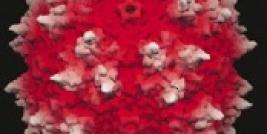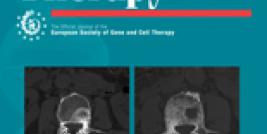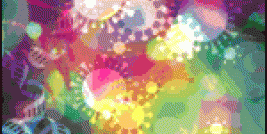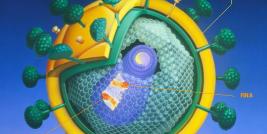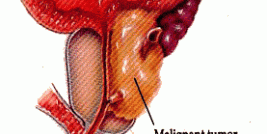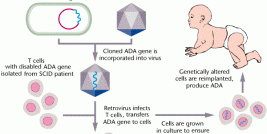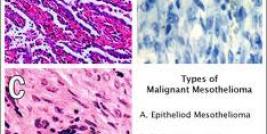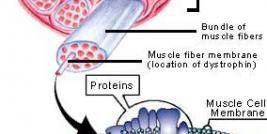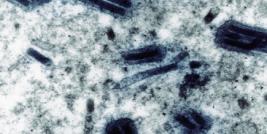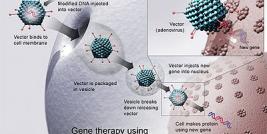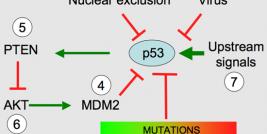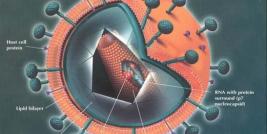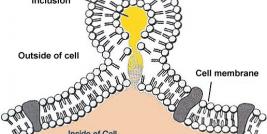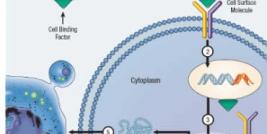Molecular Biology of the Lentivirus
Lentiviruses are a sub-class of retrovirus that are able to infect both dividing and non-dividing cells. Their genome is much more complex than simple retroviruses, containing an additional six genes; tat, rev, vpr, vpu, nef and vif. Like all retroviruses, lentiviruses are enveloped, however they additionally comprise a pre-integration complex surrounded by the capsid shell. The pre-integration complex is composed of the viral integrase, Vpr and the matrix protein (a product of the gag gene) and mediates the targeting of virions to the nucleus of the cell, where the complex is able to enter the nucleus through nuclear membrane pores. Lentiviruses are the only class of virus that are diploid, i.e. they contain two copies of their genome, in this case they comprise two copies of a positive sense single-stranded RNA. Each copy of their genome is 10 kb in length and is flanked by two LTRs, containing a viral packaging signal on the right side (see diagram one).
Diagram One: The Lentivirus Genome
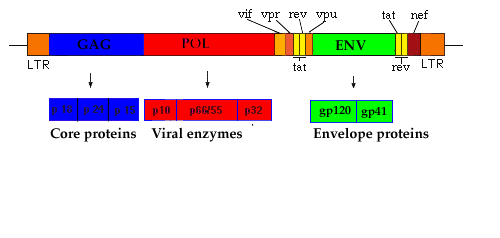
Like all retroviruses, the viral genome is first reverse transcribed into cDNA, which integrates into the host cell genome after a cellular DNA polymerase synthesizes the corresponding anti-sense strand. Recombinant lentiviral gene transfer vectors are typically based on HIV, however, vector systems based on Feline Immunodefficiency Virus and Equine Infectious Anemia Virus have also been described.
Recombinant Lentiviral Vectors
Lentiviral vectors are made by transiently transfecting the producer cell line with three plasmids encoding the vector components (see diagram two).
Diagram Two: Lentiviral Vector
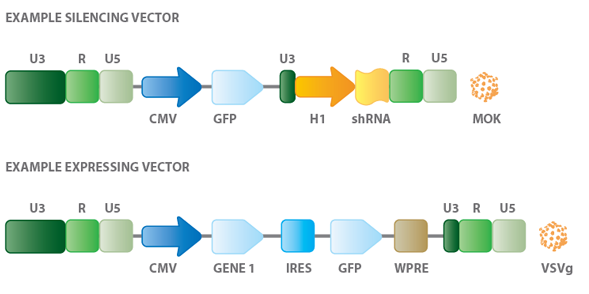
The transfer plasmid contains the gene expression cassette encoding the therapeutic gene and packaging signal flanked by the retroviral LTRs. The packaging plasmid encodes all the components required for packaging and assembly of viral particles, with the packaging signal removed to prevent formation of RCL. The pseudo-typing plasmid contains an envelope protein that allows the lentiviral vector in target specific cellular populations, e.g. VSV-G. Splitting the components on three separate plasmids reduces the chances of homologous recombination and allows lower expression of the components of the viral genes known to limit viral yield. The latest generation of lentiviral vectors are considered quite safe, and are often the vector of choice when trying to target cell lines that have been traditionally refractive to gene transfer, such as neuronal, haematopoietic and stem cell populations.

